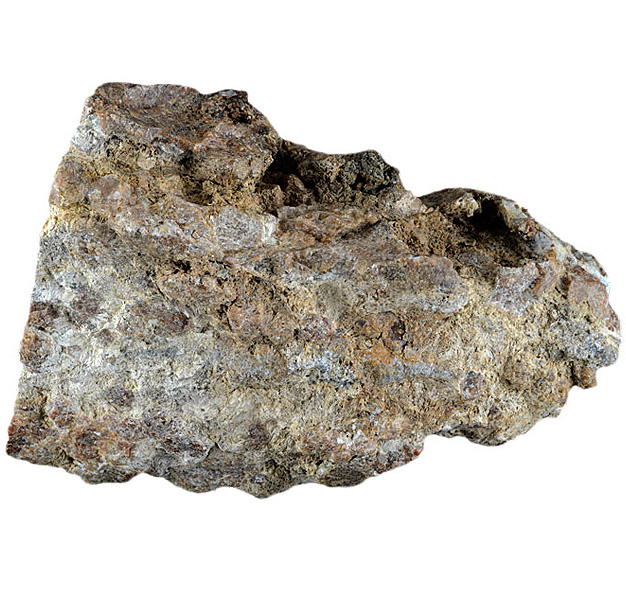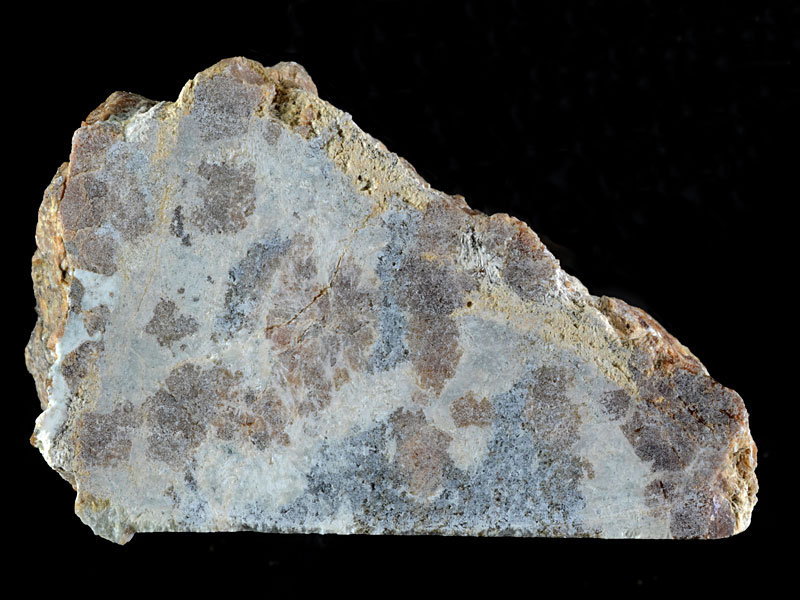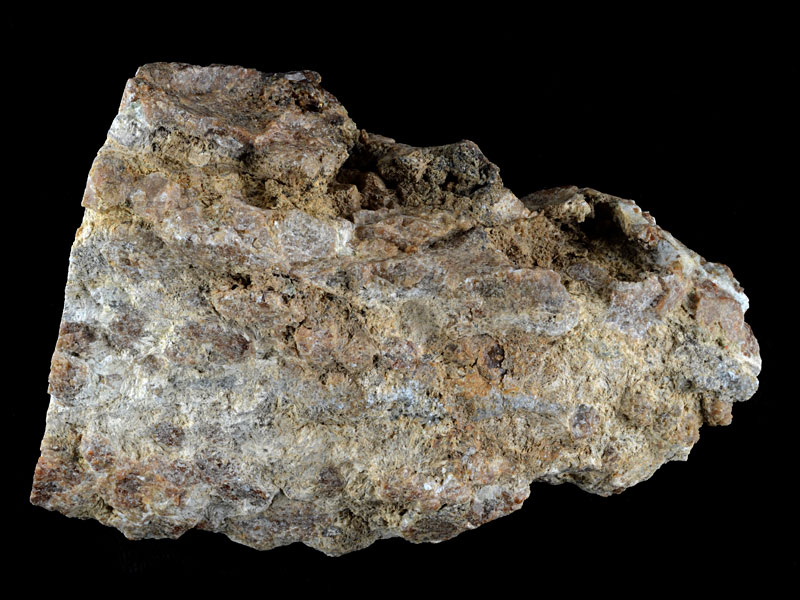
Fact sheet
This carbonate rich contact metamorphic rock or skarn comes from Omey Island a tidal island 500m from the coast of Galway, Ireland. The Island is mostly formed of porphyritic granite and while few live on the island today, it has been inhabited for long periods of time. A ruined medieval Parrish church, Teampaill Feichin, was excavated from the deep sand covering parts of the island in 1981, and stands on the site of an earlier abbey said to have been founded by Saint Feichín.
The thin section exibits coarse grained calcite with lamellar strain twins, large poikilitic garnet with multiple inclusions. The pyroxenoid wollastonite is also abundant in this thin section, and appears in fibres and blades, particularly in the lower left hand quarter. Vesuvianite is also reported in this thin section.
The United Kingdom Virtual Microscope (UKVM) collection consists of igneous, sedimentary and metamorphic rocks from around the UK.
It is intended as a teaching resource, helping to tell the story of the common rock types and how they form, and reflecting the history of the UK at the margins of the continent of Europe. The collection is a series of teaching sets, for example igneous rocks from the North Atlantic Igneous Province and SW England; high-temperature metamorphic rocks from Scotland and low-temperature metamorphic rocks from Wales; and sedimentary rocks, including English limestones and sandstones.








